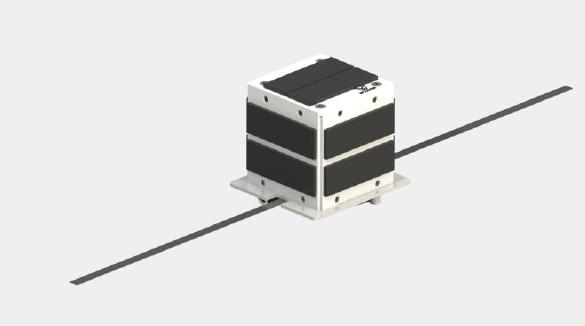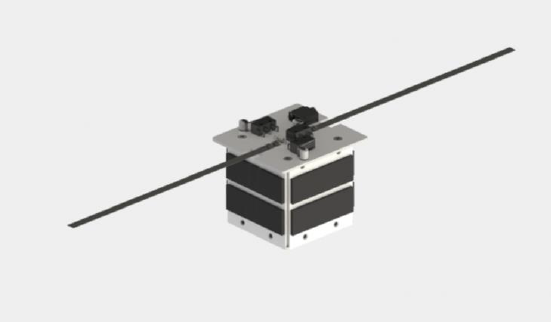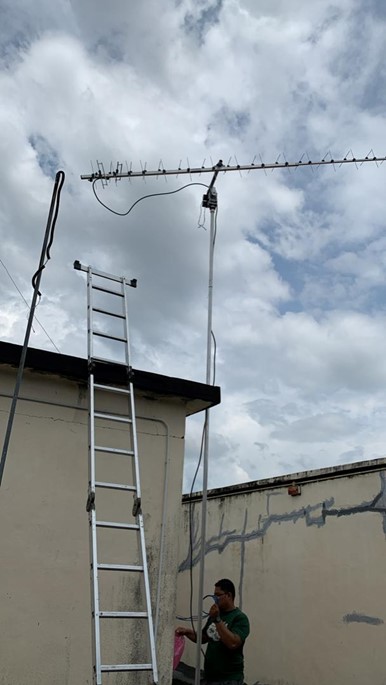PocketQube Satellite Project
Space System Lab - PocketQube Satellite Project


PocketQube is a miniaturized, low-cost satellite measuring 5 cm x 5 cm x 5 cm and weighing less than 500 grams. It is designed to provide low-cost access to space for experiments, technology demonstrations, and educational missions. USM Space System Lab, in collaboration with the Malaysia Amateur Radio Transmitter Society (MARTS) is developing a Pocketqube satellite named SpaceANT-D.
SpaceANT-D is a technology demonstration satellite that aims to teach university students and amateur radio communities about the development of small and low-cost satellites. SpaceANT-D will promote the usage of satellites to the amateur radio community and become the first satellite developed by Universiti Sains Malaysia. USM via Space System Lab research using LoRa technology for data storage and forward mission.
The sensor data that have been downlinked to the ground station will be used to demonstrate the functionality of the data centre researched by USM. The SpaceANT-D will collect data from the ground sensor terminal using amateur frequency with LoRa modulation and downlink the data to the ground station with GFSK modulation at 437.425 MHz. Amateur radio users will also receive telemetry data from the satellite. USM and MARTS plan to conduct a workshop to build a small satellite and an open-source ground station (SatNOGS) for the amateur community in Malaysia.
The technical specification of SpaceANT can be found here:
| SpaceANT-D Link Budget | Download |
| SpaceANT-D Power Budget | Download |
| SpaceANT-D CAD Drawing | Download |
| SpaceANT-D CW Information | Download |
| SpaceANT-D Communication Block Diagram | Download |
Ground Station
USM is developing an amateur ground Station based on SATNOGS. SATNOGS (Satellite Networked Open Ground Station) is an open-source ground station network for satellite communication and data collection. It comprises a network of small, low-cost ground stations equipped with antennas, radios, and computers, allowing anyone to access satellite data and communicate with satellites. SATNOGS aims to promote open access to satellite data and make satellite communications more accessible to individuals, researchers, and organizations.
The integration of the ground station has been conducted together with local amateur radio Club, REAKSI.


